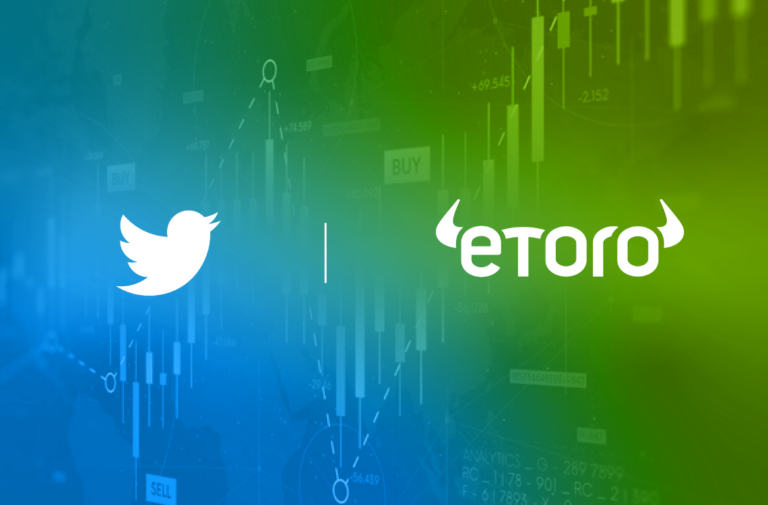Kevin O’Leary, the star of the popular show “Shark Tank”, is known more for deciding whether or not to invest in a new business than for giving advertising advice.
But since the start of the pandemic, O’Leary’s portfolio of more than 50 private companies has become more and more direct-to-consumer. This gives him a unique view of how the DTC landscape is changing beyond just raising money.


Part of this is how they advertise on different platforms while also dealing with an uncertain economy, ongoing logistics problems, a changing data-driven marketing ecosystem, and a changing retail market.
During Advertising Week in New York City, the famous investor talked to Digiday about some of the trends he’s seeing. He said that the combination of economic uncertainty and business growth has made things “Very Confusing”. He also said that business owners who don’t know about advertising will “Go out of Business”.
How does the state of the economy affect how you think about advertising? Ad agencies have been making optimistic predictions, but it looks like brands are going to pull back.
Here’s what’s wrong: Every week, on Tuesday, we look at our income and free cash flow. We’re trying to figure out how much inventory costs. As a small business, it’s all about how much money is tied up in inventory. We’re trying to guess what people will like in terms of taste, style, size, flavour, or whatever you’re selling. With a recession coming up, we expected things to slow down.
We haven’t slowed down. We have a very happy customer base. We’re in a bind because the holiday is coming up. Every day, we have to decide what to do. Build 7% more than we did last year? Because that seems to be what is happening right now. The amount is a lot. That’s a lot of money: how much? Or do we pull back because we think the economy is going down? And we can’t find any proof of it.
It’s one thing for the stock market to tell what will happen 18 months from now. Every day, small businesses have to make different financial decisions about capital expenditures. So, this recession is very strange. We have full employment, can’t hire anyone else, and customers are on fire.
We’re spending as we’ve always had in digital advertising, waiting for Godot. It’s hard to decide. Every day, we make these kinds of choices. Should we buy more stuff? Because if people order it directly from us during the holidays and we don’t have it in stock, we don’t ship it to them. That’s terrible.
I’ve heard that it’s getting too expensive for some Direct-to-Consumer (DTC) brands, especially those with low margins, to advertise on Facebook and other platforms. Do you also see that?
Because of what Apple did with privacy, yields are down. Everyone has heard that story. There is still a lot of value in Facebook or Meta ads that only show up in certain areas. But the way to get yields to go up is to add more data to it. That’s what we did, then. Now, we use agencies like C Squared Social.
I have to say that I own shares in the company and get paid to talk about it, but that’s because we use it with Facebook to boost our profits. So if our yield is down 28%, we can get 15% of that back by combining them.
Let’s say I want to sell franchises in Miami and I need people with $500,000 to invest in the franchise. This really happened. So we can use Facebook along with databases we rent from banks and mix all of that information together. So it costs more to mine the data, but the yields are going back up. Say they were 100% four years ago, but now they’re only 85%.
What about platforms other than Meta, like TikTok or others that have a lot of DTC marketers?
We use every one of them. We had to do. And this has been going on for the past 18 months. The team that makes content for Instagram and Facebook is no longer the same team that makes content for TikTok.
Since algorithmic changes happen so quickly, they now need teams with special skills. So when we shoot something out, we shoot it out to five different platforms.
Facebook is not the same as LinkedIn. It is not the same as Instagram. It is not the same as TikTok. It is not the same as Twitter. So those teams now cost more, but they bring in a lot more money. We keep track of this every day. I mean, it’s the most expensive thing we do.
I’ll tell you what I’ve learned in the last 14 years. At least 75% of my returns have come from businesses run by women. I think this is because women are better storytellers and are better at making that 59-second TikTok or Insta, or whatever it is they’re doing.
Because if you look at the consumer goods and services companies run by women, they do better on digital spending. They pay more attention.
Everyone is more than 50% direct-to-consumer, so there’s nothing else to do but spend. What are your plans? How else will you get people to buy from you? So, everyone is upset that yields are down and spending is up, but we’ve already made up half of the loss. We were gone for 18 months, but now we’re back.
When you think about stories and advertising, how does that change how startups pitch you or how you decide what to invest in?
This has changed how I invest. And it’s a very obvious question: If you come to me for a $1 million [Series A] round and say you don’t know how much it costs to get a new customer, I can’t invest.
Because you’ve figured out your CAC (Customer Acquisition Cost) which is why I’m giving you $1 million. You have to show me that CAC is profitable, that you know your lifetime value, that you know your CAC, and that you know your attrition rate if it’s a subscription service. If you have nailed down that model, I can then test it under stress.
I know I’m just adding fuel to the fire by putting a million dollars into it, but I’m going to do it anyway because I can get a really good return on that million dollars in 18 months if I can build up the user base.
You’ve seen that the companies that haven’t figured that out yet are not good places to put your money. No one is willing to put money into them. Because I’m not interested if all I’m going to do is waste my money while you try to figure out your CAC.
Are startups learning how to deal with digital advertising better?
If you don’t get it, your business is going to fail. The Darwinian way the world works today will just take that business owner out of business. You must be aware of that.
Five or six years ago, the average distribution pie looked like this: It was sold in stores for 50%, on Amazon for 40% (which does its own marketing, so you don’t get the name), and on a website for 10%. That’s the wrong way around.
Most businesses now put 65% of their money into direct-to-consumer sales on their own platforms. So they have to be sure of these things. Because their margins are so high, these businesses do very well. And the return on invested cash is good. So that’s a change from two years ago.
What about the retail media landscape, besides social media?
Because we don’t get paid for 90 days, we’re much more worried about how much inventory we’re holding in retail. So, in the end, we would rather sell that product. We stand behind brands.
No longer do we roll out to 2,000 stores. We want to be careful about how much inventory we have, and I think that’s what the stores want us to do as well. They want to show that there is a market.
So, we do a lot of tests with 200, 300, or 400 stores, etc., to see how well they sell, change the mix and selection, and then put up the money.
I’m sure it varies by geography and product, but how do you decide which stores to test in?
We test in California, New York, Florida, and Texas. A lot of tests are done. We never release something without first testing it. All that matters is money. It’s about how much money you’re putting at risk. Small businesses die from having too much inventory, so we care a lot about figuring this out and lowering our risk.
From the tests, we also find out what people like in terms of color, style, and taste. But most of what we do now is testing directly with customers. Even a test in a store doesn’t give you as much information as a test that goes straight to the customer.
You don’t get the data, because no retailer says, “Oh yeah take my customer userbase and do whatever you want with it.” I’d rather mine the data straight from the customer.




